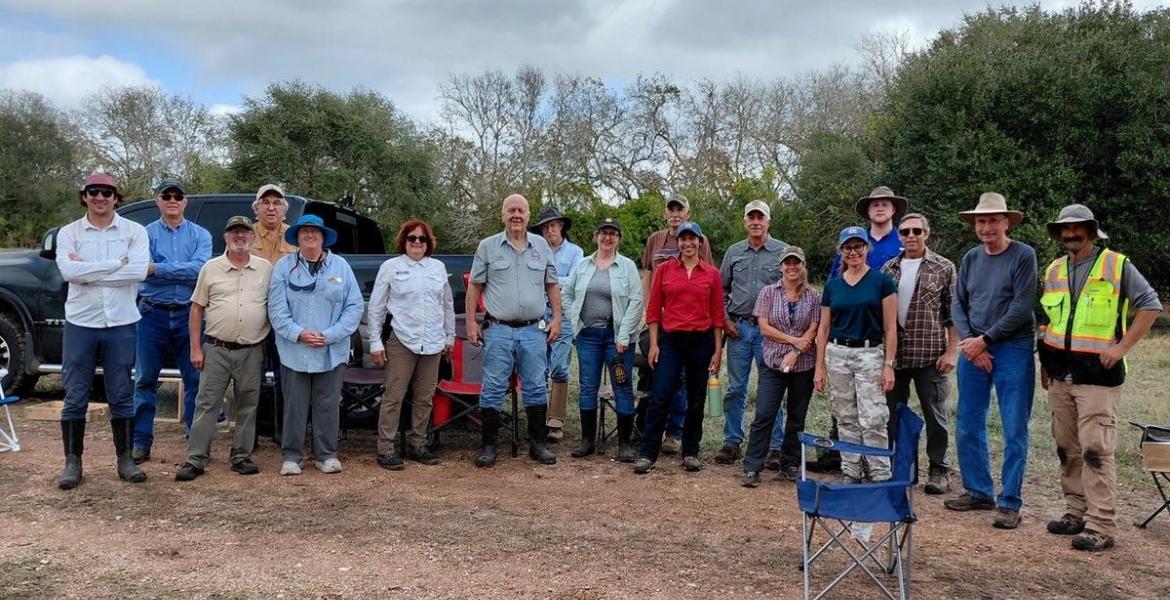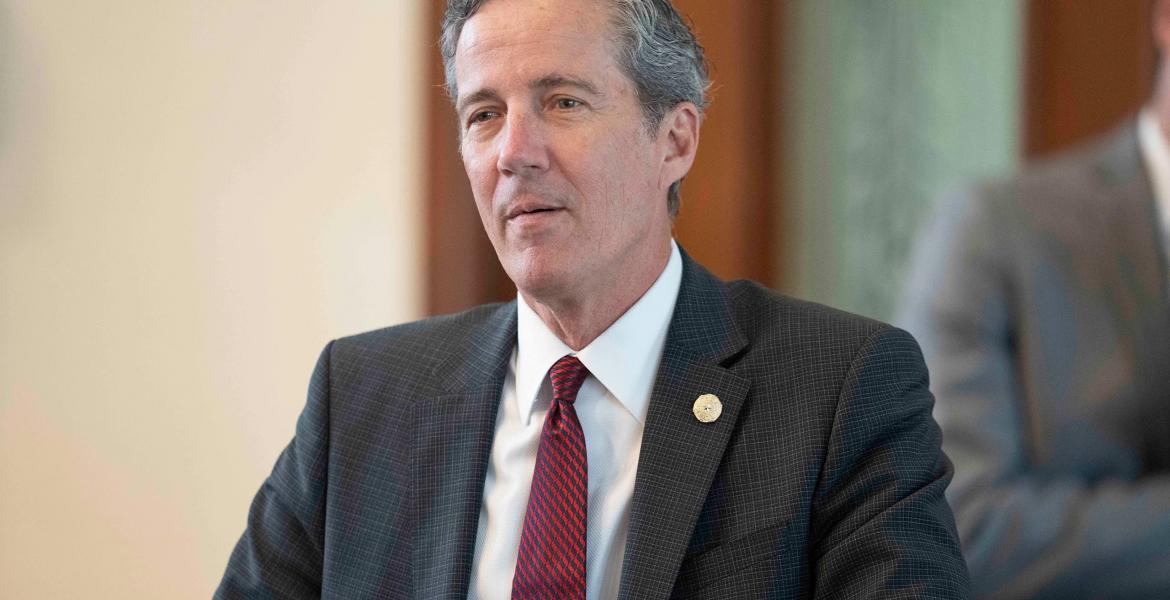AUSTIN, TX — Interim President Brad Jones who has headed the Electric Reliability Council of Texas, or ERCOT, since 2021, told the Houston Chronicle why the record-breaking heat hasn’t caused rolling blackouts or brownouts in Texas. Brown was appointed to his position in May 2021 after the previous president, Bill Magness, was fired, reportedly without cause, but also for ERCOT’s failure to provide adequate power generation on the Texas power grid during the unusually cold February 2021 ice storm.
In the Chronicle interview, Jones explained how new procedures at ERCOT are avoiding not only another disaster, but preventing brownouts and blackouts when temperatures hover in the low-100s for days on end. He is also looking at more ways to shore up Texas’ power grid in the years to come.
1. ERCOT underestimated exactly how hot Summer 2022 would be
According to Jones, ERCOT’s Seasonal Assessment of Resource Adequacy, or SARA, underestimated the peak total power generation capacity needed for Texas by about 4000 megawatts per day. One megawatt can power 200 average-sized homes, so 4,000 megawatts could have meant 800,000 homes — or the equivalent of about 16 San Angelos. He said Monday, July 11, the forecast peak demand was 81,500 megawatts.
ERCOT managed to keep the grid online because Jones said they were prepared for worst-case scenarios.
2. ERCOT turned thermal generators on even if the power was not yet needed
Thermal generators in industry terms are power plants that consume natural gas, coal and nuclear. In February 2021, industry insiders told San Angelo LIVE! that the failure of the grid happened when thermal generators tripped offline following a dramatic loss in wind power when the windmills froze in west Texas. The entire grid has to operate in a narrow frequency range and when the frequency drops suddenly, other generators will failsafe. Once offline, it takes many hours if not days to restart those thermal generators and restore the electricity those generators are providing the grid.
Jones has generators running on standby not supplying power to the grid in case of instability of the frequency of the grid or for any other reason. If one generation facility drops offline, ERCOT has standby power plants running that can fill the void almost immediately.
The downside, Jones said, was the extra wear and tear on those generators used for standby operations, especially the older ones, and the extra cost to run them.
3. ERCOT is calling for conservation earlier than in the past
Pre-February 2021, ERCOT could wait until the grid was already running in emergency mode before putting out a notice asking Texans to conserve electricity. In fact, Jones said, emergency notices used to go out after rolling blackouts had already started. This is no longer the case. ERCOT calls for conservation well before “standing right at the edge of a cliff,” Jones told the Chronicle.
Jones also said the calls for conservation are effective. Monday, when a call to conserve was made, Jones’ models predicted the voluntary request to cut electricity use would only shave off several hundred megawatts. Instead, demand dropped about 2,500 megawatts.
4. ERCOT is leveraging wind power
Despite political arguments that green energy was the root cause of the February 2021 disaster, Jones believes wind energy is a high value asset for ERCOT.
The problem in February 2021 wasn’t that wind power stopped, it was that the thermal generator operators were caught by surprise when wind power dropped suddenly before thermal generator operators could shed enough power to keep the grid frequency in a safe range. Many of the thermal generators dropped offline or shutdown suddenly and it took days to bring most of those needed generators back online.
Jones said on normal days, wind provides a significant source of reliable and inexpensive energy to Texas that keeps the rates lower than it would be with only thermal generation.
Jones said the long term solution will be to buttress wind and solar generation with high capacity batteries to store electricity to use when needed.
5. Jones wants more responsive power generation capabilities
Responsive power generation is the ability to bring new power sources online almost immediately to meet demand. Building natural gas generators that can fire up quickly using modern technology is one way. Using battery storage for renewables is another responsive energy source.
Jones said efforts to modernize the grid are waiting on the Texas Public Utilities Commission to redesign ERCOT’s power market. That is, to set the new parameters in place of how the financial system of buying, trading, and selling electricity will work. Until this is finished, power generation companies are sitting on the sidelines waiting and not investing in responsive power generation systems.
ERCOT manages the flow of electric power to more than 26 million Texas customers, representing about 90 percent of the state’s electric load. As the Independent System Operator for the region, ERCOT schedules power on an electric grid that connects more than 52,700+ miles of transmission lines and 1,030+ generation units, including PUNs. ERCOT also performs financial settlement for the competitive wholesale bulk-power market and administers retail switching for more than 8 million premises in competitive choice areas.
ERCOT is a membership-based 501(c)(4) non-profit corporation, governed by a board of directors and subject to oversight by the Public Utility Commission of Texas and the Texas Legislature.
Jones also serves on ERCOT’s board of directors.
Governor Greg Abbott appointed Brad Jones, Nate Murphy, George Presses, Edward Stones, Jon Taylor, and Melissa Trevino to the Texas Energy Reliability Council for terms at the pleasure of the Governor in September 2021.
Subscribe to the LIVE! Daily
Required






Post a comment to this article here: